Dog's Sweaters and Coats
A place to find useful tips on caring for our dog buddies.
Labels: dog coat, dog fashion, dog sweater, dog wear, pet shirts
 |
| image via Wikipedia |
Labels: big dogs, Doberman Pinscher, dog, dog training, dogs, Great Dane, pets, working dogs
 |
| image via Wikipedia |
Labels: Bullmastiff, Dog Videos, dogs, family dogs, Mastiff, work dog, working dog breeds, working dogs
 |
| image via Wikipedia |
 |
| image via Wikipedia |
Labels: Alaskan Malamute, all about dogs, animals, pets, sled dogs, work dog, working dog breeds
| image via Wikipedia |
Labels: black dogs, guard dogs, pets, Rottweiler, strong dogs, versatile dogs, working dogs
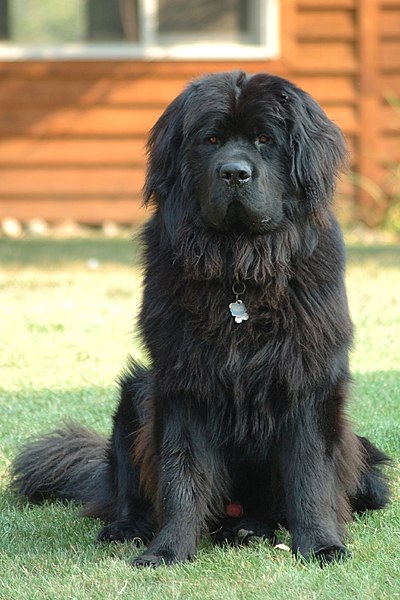 |
| image via Wikipedia |
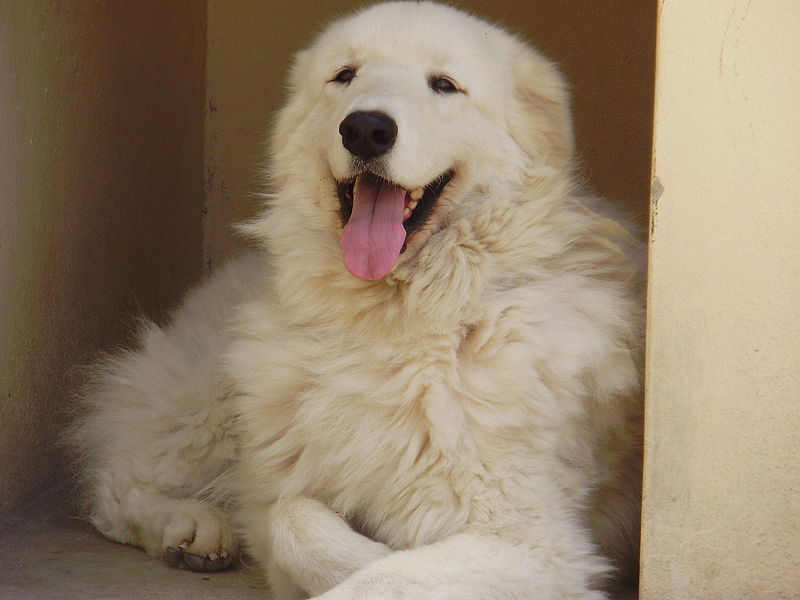 |
| image via Wikipedia |
 |
| image via Wikipedia |
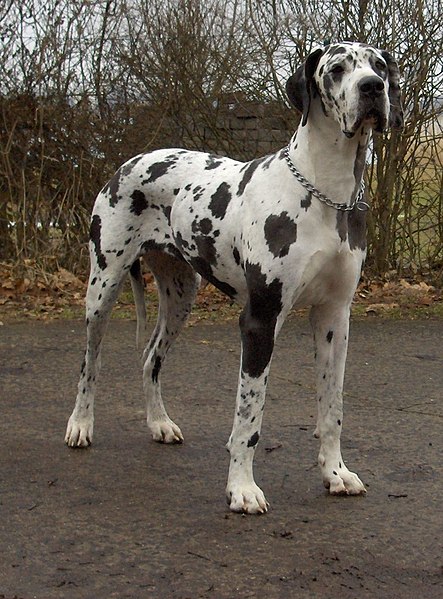 |
| image via Wikipedia |
Labels: big dogs, dog breeds, Great Dane, pets, work dog, working dog breeds, working dogs
Labels: adopt a dog, all about dogs, Doberman Pinscher, pets, police dogs, working dogs
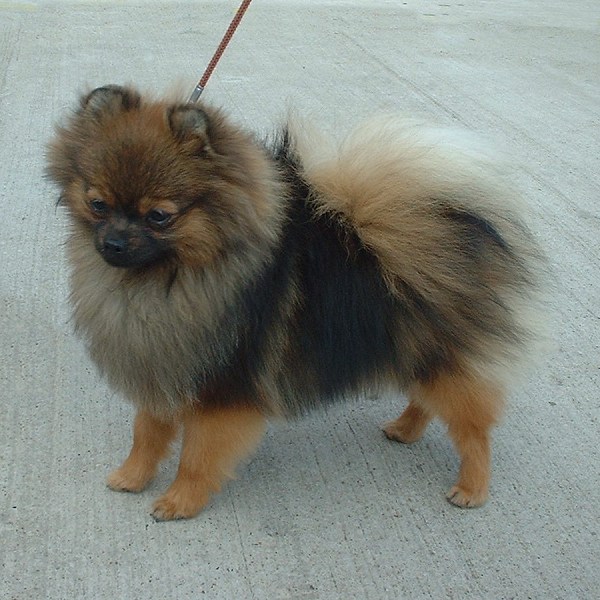 |
| image via Wikipedia |
Labels: care for pomeranian, Dog Videos, Pomeranian, puppy, Toy Dog Breed, toy dogs
 |
| image via Wikipedia |
Labels: Dog Videos, Pekingnese, small dogs, toy dog, Toy Dog Breed, toy dogs
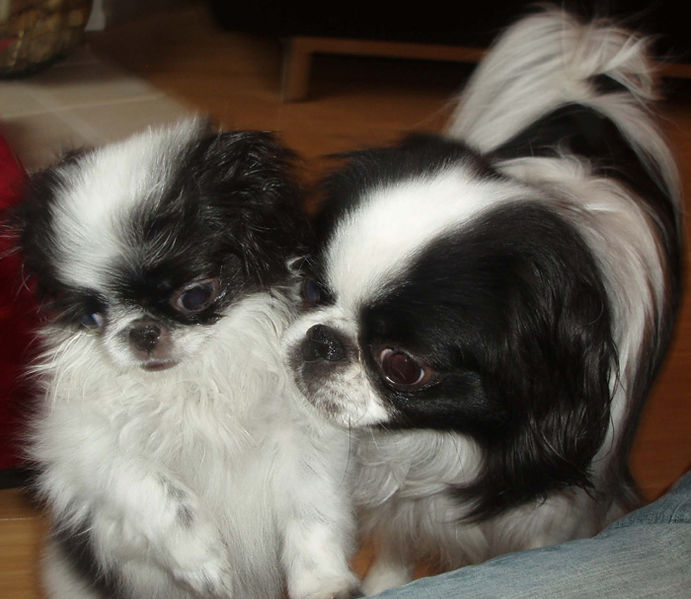 |
| image via Wikipedia |
Labels: adopt a dog, all about dogs, Dog Videos, japanese chin, pets, toy dog breeds, toy dogs
 |
| image via Wikipedia |
Labels: dog breeds, dog puppy, pets, spaniels English Toy Spaniel, toy dogs
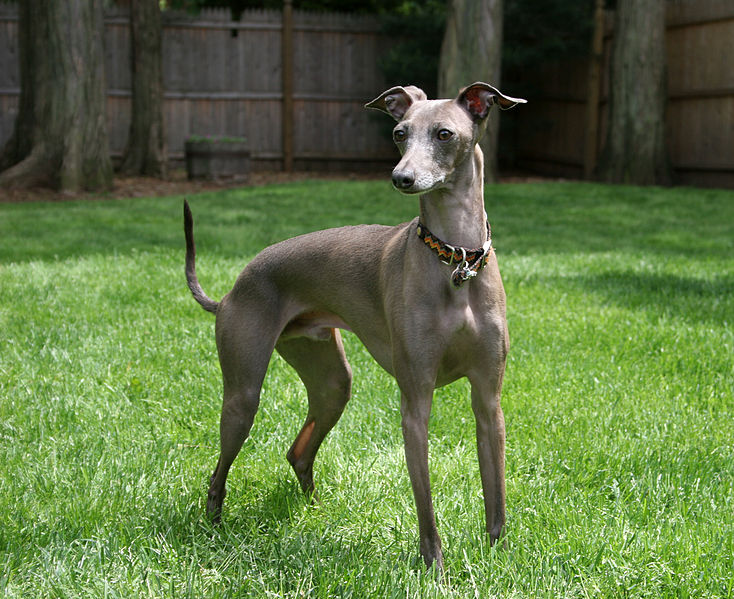 |
| image via Wikipedia |
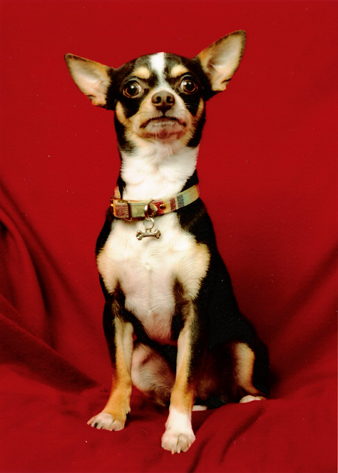 |
| image via Wikipedia |
Labels: Animal Planet, Animal Videos, Chihuahuas, Cute Dogs, Dog Videos, dogs, puppies, toy dog, Toy Dog Breed
Labels: Brussels Griffon, dogs, pets, Toy Dog Breed, toy dogs
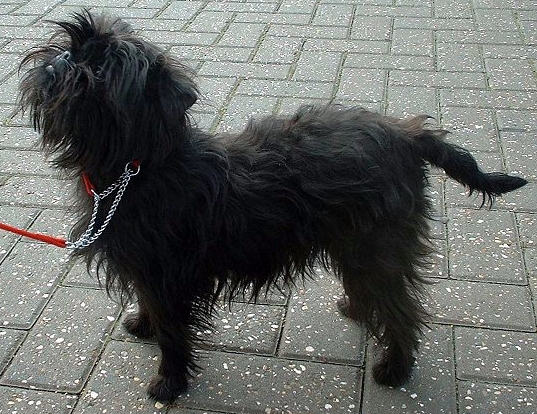 |
| image via Wikipedia |
Labels: Affenpinscher, all about dogs, dog, Toy Dog Breed, toy dogs
Labels: all about dogs, dogs, Shih Tzu, small dogs, Toy Dog Breed
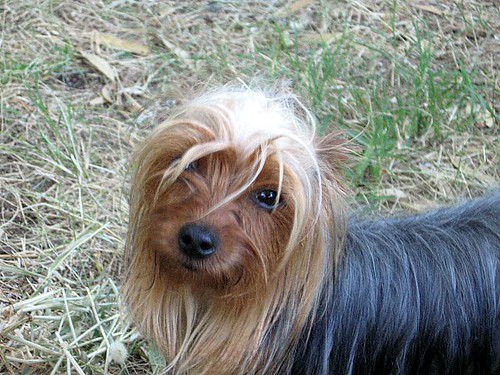 |
| image credit |
 |
| image credit |
 |
| image credit: Petwiki |
Labels: dog, dog commands, dog shake hands, dog trainer, dog training, dogs, pets
Labels: champion breed, dog, dog breeder, dog breeds, dog competition, dog contests, dog grooming, dog show, dogs
 |
| image via Wikipedia |
 |
| image credit |
Labels: bitch dog, dog, Dog breeding, dog heat, female dogs, mate dog
Labels: diarrhea dog, dog, dog distemper, dog health, dogs, Parvo, pet, pets, sick dog, treatment for dog diarrhea
Labels: dog, dog health, dogs, pet, pets, sick dog, treatment for vomiting dog, vomiting dog
Yellow Puppies Blogger Template | Template Design | Elque 2008